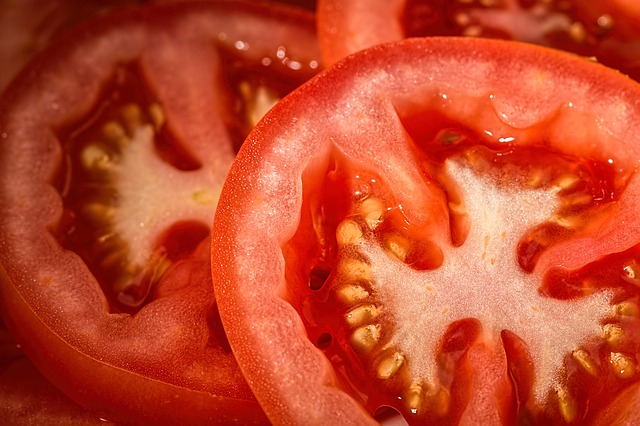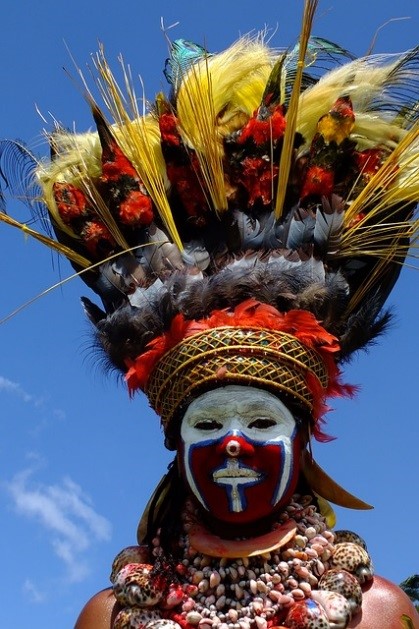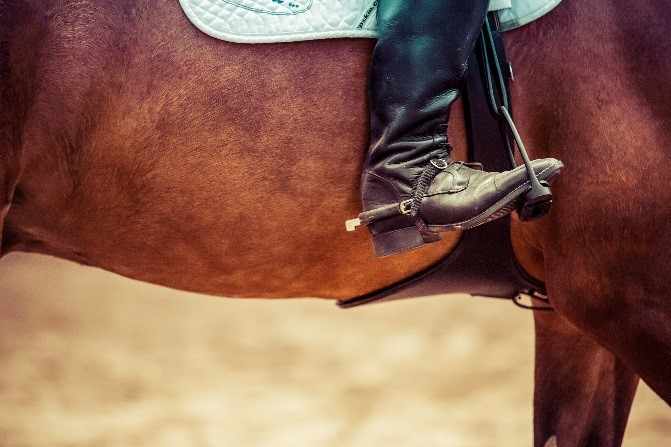The top 5 Festivals to visit this August
Here at Vandu, we celebrate culture and togetherness as much as the next person; and what better way to enjoy these moments than at summer festivals. Festivals can be a monument to a country’s individuality, a dynamic museum to culture and tradition.
La Tomatina
31st August, Brunol, Spain.

Certainly one of the stranger festivals on this list, La Tomatina (The tomato throwing festival) sounds very much like a product of the 21st century, whereas actually the festival has been around since 1945. The true origin story varies depending on who you ask, but the prevailing theory is that on the day of a smaller festival, locals came across a hapless vegetable cart and started throwing tomatoes to get some attention. Innocent festival goers joined in and things descended into a plaza wide food fight. The festival has seen bans and reinstatements (culminating in a tomato funeral including a coffin and a procession) and has gone on to become a city sponsored festival with a few health and safety rules.
Notting Hill Carnival
28-29 August, London, England

Notting Hill Carnival is a fun filled Caribbean party in the middle of London, but it hasn’t always been that way. The carnival’s roots are deeply connected with the 1958 Notting Hill race riots, where the Teddy Boys, a gang of working-class whites hostile to the influx of West Indian immigrants gathered a mob of 300 to 400 citizens to attack the houses of West Indian Residents. The carnival was created in reaction to this, and gone from humble beginnings in a town hall to a neighbourhood wide street party, and is safer thanks to better organisation and policing. The carnival has activities for all ages but the Monday known as ‘Adults Day’ is probably its most famous. African and Caribbean music soundtrack a celebration of the two cultures, costumes as beautiful as they are scanty can be found everywhere and there’s jerk chicken amongst other dishes to fuel all the fun.
Mount Hagen Cultural Show
20-21 August, Mount Hagen, Papua New Guinea

If you had to pick one word to describe Papa New Guinea, that word would be ‘diverse’. From landscapes that change between verdant rainforest to multicolour coral reefs, over 800 (!) documented languages and rare animal species, this is a country that has a lot going on. The festival is a performance of culture from the diverse tribes of Papua New Guinea, and over 100 tribes attend the event. Dressed in body paint, jewellery made of tusks, unusual headdresses, fur and leaves for trousers, coupled with foot stomping, soaring voices and drumming styles that can only be found in the country, the Mount Hagan Cultural Show is a once in a life time spectacle. Be warned though, this festival is no Glastonbury, and Papua New Guinea is certainly not Worthy Farm; inexperienced travellers and those more inclined towards cocktails and sunbeds should consider whether this is the right choice. However if adventure and cultural curiosity is more your style, the Mount Hagen Cultural show might be the one for you.
Boom Festival
11 – 18 August, Idanha-a-Nova, Portugal
“Boom is not only a festival, it is a state of mind. Inspired by the principles of Oneness, Peace, Creativity, Sustainability, Transcendence, Alternative Culture, Active Participation, Evolution and Love, it is a space where people from all over the world can converge to experience an alternative reality.” This is the headline philosophy of Boom Festival, and is more than just a slogan they put on their website, but rather a concept that runs through the entire festival. Boom is free of corporate sponsorship and is financed by ticket sales alone, meaning there are no VIP areas or special treatments, implying that everyone is equal. Of the more traditional festivals, Boom certainly veers towards the alternative. Featuring programs such as yoga, tai chi and holistic teaching with performances varying from street theatre to fire shows, Boom Festival is unique amongst its peers. Of course music plays its part, with three electronic dance stages and the ‘Chill Out Gardens’, but the festival is more about the experience than the music, and has been collecting awards – particularly environmental ‘green’ ones- for the past couple of years it’s been on.
Il Palio
16 August, Siena, Italy

If you wanted to whittle it down, Il Palio is essentially a 2 minute horse race. However, if you look at the history of the festival, you can start to see why it takes over the entire city of Siena. This deeply religious race dates back to the Middle Ages, and honours the Ascension of Mary into Heaven. Though the big race lasts little over 90 seconds, the build-up starts 3 days prior with a series of six trial races, then a day or so before the race the best horses are chosen in a ‘tratta’, a special review of the steeds, followed by horse blessings in the district churches. The race itself can be quite unsavoury; there are virtually no rules so jockeys are just as focused on unsettling their rivals (like whipping them or diverting their horses) than they are on winning the race. To give that some context, Italians use the phrase “he/she is like a jockey” to describe a disagreeable character. As the anticipation builds in the days leading up to the main event, the race serves as an explosion of tension as rival districts cheer or jeer horses as they go by.
What follows is a party that goes well into the night whether the district has won or lost, as Il Palio is a source of local and national pride. Unusually, visitors are not welcomed with open arms like most festivals -not to say that the locals will treat you with disdain- but they do feel that outsiders cannot grasp the significance of this age old tradition, so visitors would do well to treat the show, the city and its inhabitants with respect.
